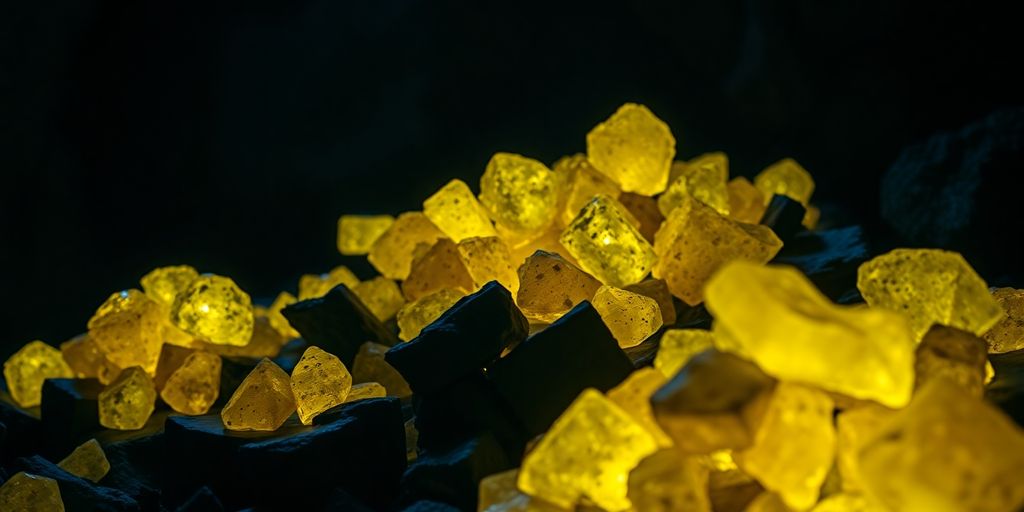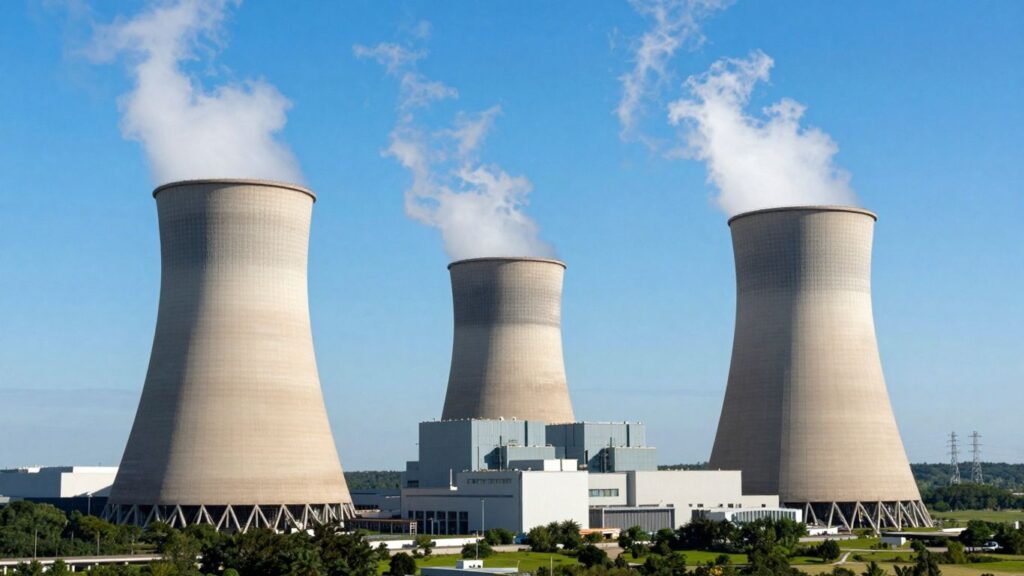The global uranium market is facing a significant supply crunch, putting energy security at risk for the United States and European nations. This shortage, coupled with a resurgence in nuclear power’s appeal as a clean energy source, is driving a notable recovery in uranium prices. Factors such as geopolitical tensions, production challenges, and increased demand from emerging sectors like artificial intelligence are contributing to the tightening market.
Key Takeaways
- Uranium prices are expected to rebound significantly, potentially reaching $90-$100 per pound by mid-year.
- Supply shortages are exacerbated by production issues in key countries and efforts to limit Russian supply.
- Growing demand from nuclear power plants and data centers for AI is increasing pressure on available uranium.
- Geopolitical factors, including US policy and international relations, are influencing market dynamics.
The Uranium Supply Squeeze
The uranium market is experiencing a deficit, with current demand significantly outstripping available supply. While Western nations are attempting to ramp up production, output is insufficient to meet the needs of US nuclear power plants alone. Global leader Kazakhstan’s production has been hampered by sulphuric acid shortages, and efforts to limit supplies from Russia, which controls a substantial portion of global uranium enrichment capacity, further complicate the situation. This imbalance is pushing prices upward, with projections suggesting a recovery to between $90 and $100 per pound by mid-year.
Nuclear Power’s Resurgence
Governments worldwide are increasingly recognizing nuclear power as a crucial component of their clean energy strategies. The need for reliable, low-carbon energy sources to meet net-zero targets is driving renewed interest in nuclear capacity. Countries like Japan are accelerating reactor restarts, while Germany and California have extended the operational life of their nuclear plants. The US Inflation Reduction Act also includes tax credits for existing reactors, encouraging life extensions. This global shift towards nuclear energy is a significant catalyst for increased uranium demand.
Emerging Demand Drivers
Beyond traditional nuclear power generation, the burgeoning artificial intelligence sector is emerging as a substantial new source of uranium demand. Energy-intensive AI data centers require consistent and clean power, leading major tech companies to secure long-term power deals, often involving nuclear energy. This increased demand from big tech, coupled with the needs of existing and new nuclear plants, is intensifying the pressure on uranium supplies.
Geopolitical and Production Challenges
Geopolitical factors are playing a critical role in the uranium market. The US aims to bolster domestic uranium production and reduce reliance on foreign sources, particularly Russia. However, restarting mines and developing new ones is a lengthy and complex process, often facing regulatory hurdles and environmental opposition. Furthermore, the supply of enriched uranium, a necessary component for nuclear fuel, is also tight and politically sensitive, with Russia holding a significant share of global enrichment capacity. Events like the coup in Niger, a uranium-producing nation, add further uncertainty to the supply chain.
Market Outlook
Industry experts believe the current price correction in uranium is overdone, and the market is poised for a sustained upswing. The long lead times for new mine development, coupled with low inventories and production challenges, suggest that supply constraints will persist for several years. Utilities, which typically rely on long-term contracts, have been slower to stock up than anticipated, but the growing awareness of supply risks is expected to drive more robust contracting in the near future. This tightening market is likely to benefit uranium producers and related equities.
Sources
- Uranium price to recover next year on shortage, Trump policy, Sprott CEO says, Mining.com.
- Uranium rallies as energy crisis puts nuclear power in focus, Financial Times.
- Subscribe to read, Financial Times.
- Nuclear energy players need to take 90% uranium price spike bill or shut plants, The Economic Times.
- Subscribe to read, Financial Times.












